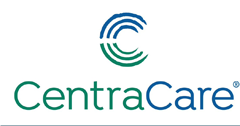Files
Download
Download Full Text (348 KB)
Description
To incorporate capnography into the care of patients receiving or recovering from continuous opioid infusions or sedation or at the discretion of RN or RT for patients with respiratory compromise.
Publication Date
2013
Keywords
capnography, early detection, patient care
Disciplines
Other Nursing
Recommended Citation
Swendra-Henry, Brenda and Lange, Peggy, "Capnography Monitoring: A New Tool for SCH" (2013). Nursing Posters. 10.
https://digitalcommons.centracare.com/nursing_posters/10



Comments
What is Capnography?
Why use capnography?